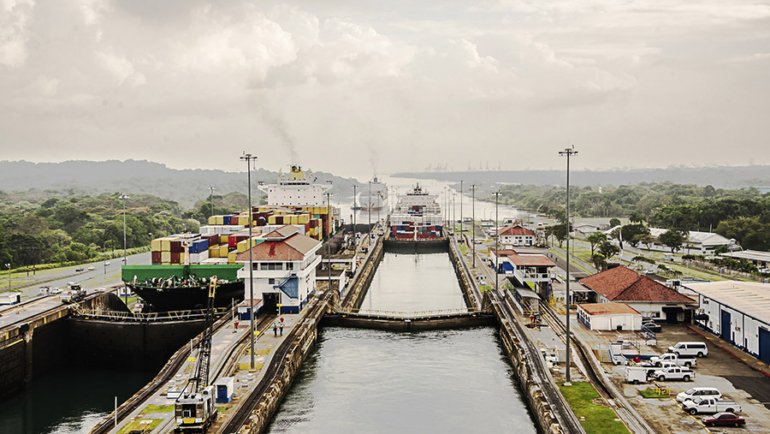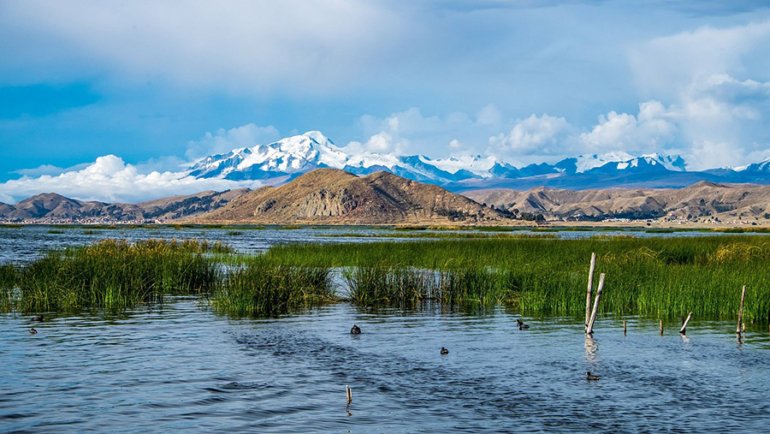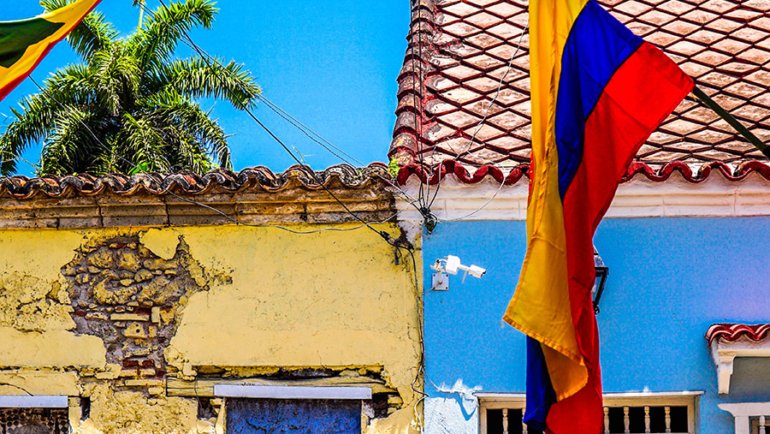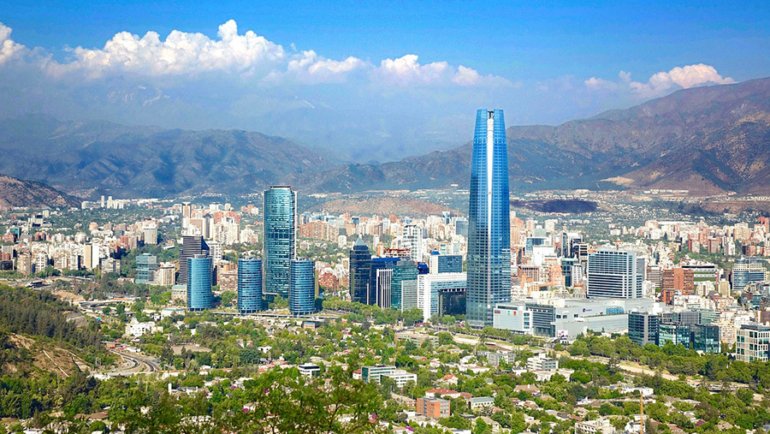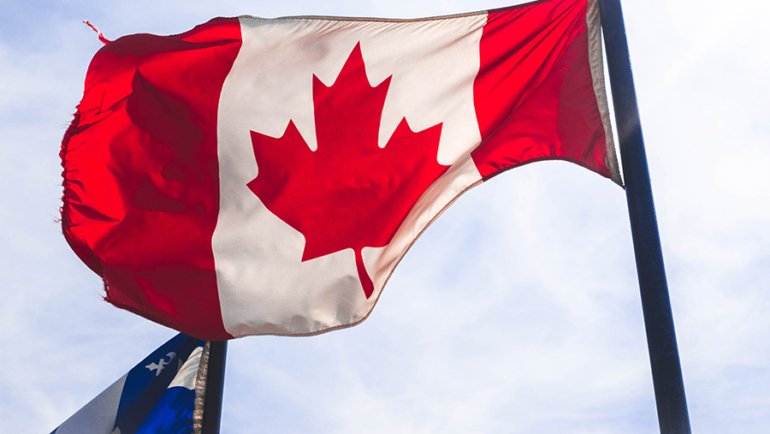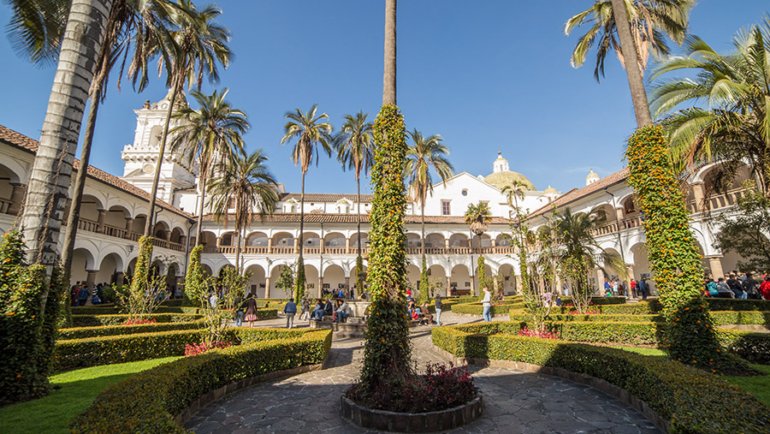The South American country of Peru is blessed with some scenic landscapes and the one I’m focusing on in this article is none other than the Colca Canyon, the second deepest canyon in the world. Colca Canyon is one of those places that makes you have a deep appreciation for nature, one of those places that shows we humans are little on this massive planet we call home.
From thermal springs to waterfalls and the almost outwardly scenery around, Colca Canyon is one of the best places to relax. You don’t necessarily have to be lazy out in this area if you don’t want to. Get into the mix of action by going rafting, trekking, and climbing while having the opportunity to spot wildlife in their natural habitat.
This article focuses on how the Colca Canyon was formed. So, stick around to learn more about this amazing destination.
Where Is The Colca Canyon?
The Colca Canyon is located in Southern Peru, about 160 km northwest of Arequipa. Geologically, the Canyon is located in the heart of the Andes mountain range. The depth of the canyon is approximately 3,400m at its deepest point.
It’s easy to access the canyon from Arequipa where you can hire a car or get into one of the many buses that travel to the villages in the Colca. The journey to the canyon is generally comfortable and the scenery along the way is interesting.
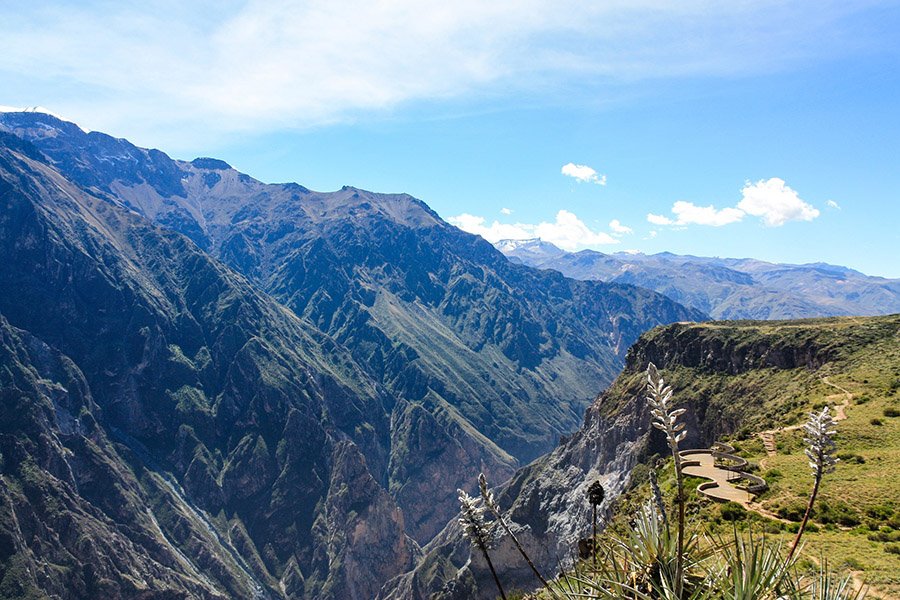
How Was The Colca Canyon Formed?
Canyons can be formed by tectonic activity, the movement of rivers, or the process of erosion and weathering. In the case of the Colca Canyon, it was formed by the erosion of volcanic rock by the Colca River. Wind erosion and tectonic activity are also believed to play a part in the formation of the Colca Canyon. Considering the massive size of Colca, it’s not far-fetched to believe it was created through a combination of different forces.
The edge of the Colca Canyon brims with cultural history dating back to the pre-Inca era. The local people who are defendants of the original settlers maintain their ancestral traditions which include cultivating the pre-Inca stepped terraces.
Ecosystem and Animals of The Colca Canyon
The Colca Canyon has the typical Andean Ecosystem which consists of various environments such as bofedales (wetlands) and tolares (shrublands), and plant and tree species such as cacti, queñua forests, yaretas, and more. The fauna of the area is also diverse and consists of some interesting animal species.
One of the most interesting things to see here is the Andean Condor which is the monarch of these skies. The Andean Condor is the world’s largest flying bird and is currently an endangered species. Fortunately, the Colca Canyon is one of the last refuges for these majestic birds. Early morning and late afternoon are the best times to sight the Andean Condor in the Colca Canyon as they take to the skies during this time to hunt for food.
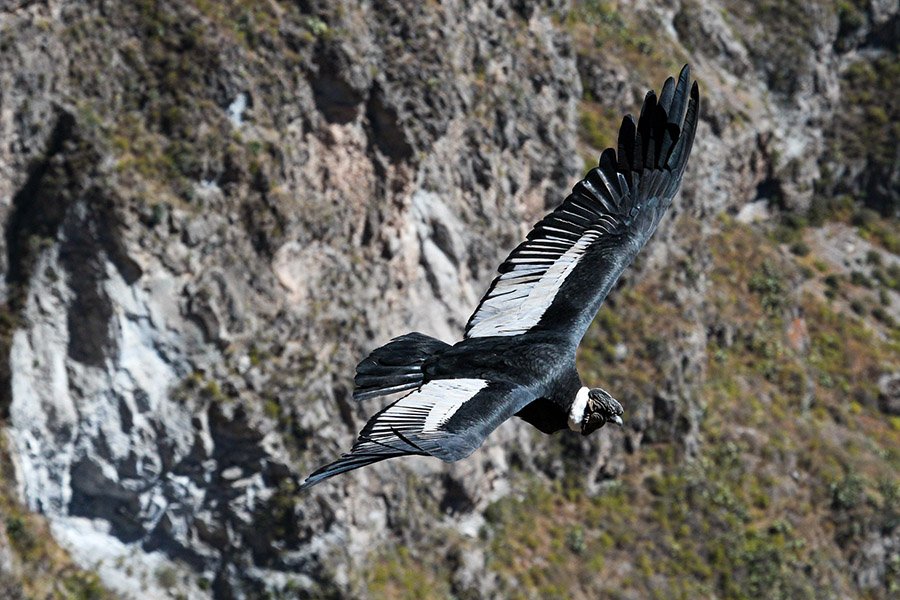
Other notable bird species in the Canyon include the Andean goose, the Chilean flamingo, and the Giant hummingbird which is the largest hummingbird on the planet.
You might also see a rabbit-like rodent called Vizcacha hopping around. Expect to see Alpacas, the Andean fox, Taruca, and the peregrine falcon among other animals.
The Tribes of The Colca Canyon
The Colca Canyon has been inhabited since humans first arrived in the Andes. Relics of past inhabitants can see in the form of storage houses that line the walls of the Canyon. Tools, paintings, and utensils of past settlers can also be seen.
Collagua Indians are the first people to settle on the Canyon thousands of years ago. Their descendants remain in the Canyon to date and more or less practice the culture of their ancestors. They depend on the canyon river for water and cultivate crops like corn, potatoes, and quinoa. They get their meat from mostly llamas and guinea pigs.
Adventure Sports
The adventure-minded traveler will find interesting things to do in the Colca Canyon. Canoeing, rafting, climbing, and hiking are popular activities in the Canyon. Hiking trails pass through lagoons, rivers, local villages, and viewpoints.
There are also several thermal baths around the Colca Canyon. With temperatures ranging from 36°C to 50°C, these thermal baths are great for relaxing.
Best Time To Visit The Colca Canyon
The best time to go to the Colca Canyon is during the dry season which runs from May to October. Rains don’t fall much during this period and the weather is great for exploring the outdoors.
You can also visit the country during the wet season as the landscapes are greener. However, rain may disrupt some outdoor activities. So, if you aren’t really looking to explore the outdoors, the wet season can be a great time to visit.
Last Thoughts
Any trip to Peru is incomplete without a visit to the Colca Canyon. Now, you know how the Canyon was formed and what to expect on your visit to this great masterpiece of nature.
